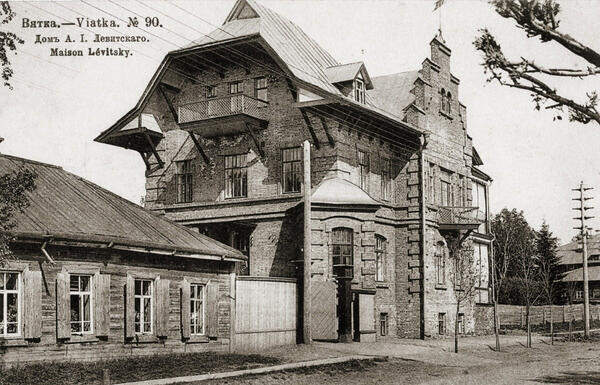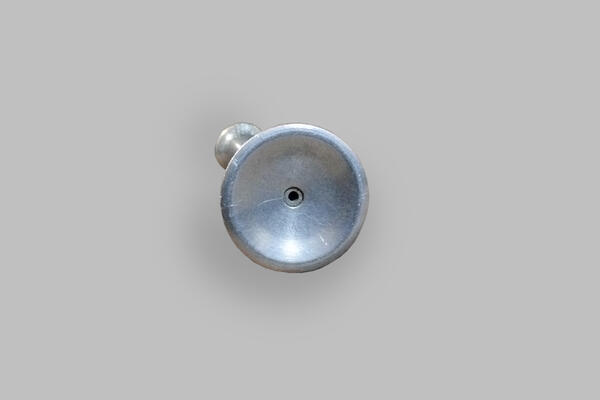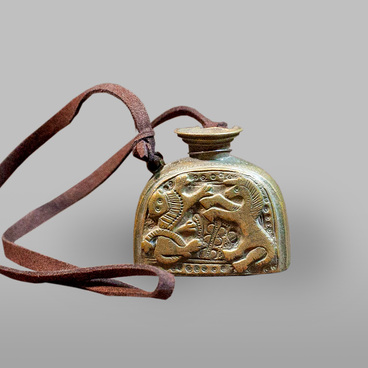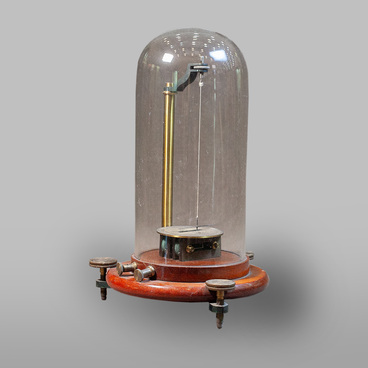A stethoscope is a medical diagnostic device for listening to the sounds made by the heart, lungs, bronchi, and other body organs.
The stethoscope was invented by the French physician René Laennec in 1816. The traditional way of listening to the heart consisted in placing the ear on the patient’s chest, but the physician once decided that it was more appropriate to use a rolled piece of paper to listen to the heartbeat of a woman with a particularly ample bosom. Later, René Laennec improved the design of the instrument by using a wooden or metal cylinder with funnel-shaped cavities at the ends.
This instrument could have belonged to Anton Levitsky, a military doctor who, after his resignation, worked as the head of the railway hospital in Vyatka. In his memoirs, the Vyatka lawyer and well-known public figure Alexander Prozorov wrote about Levitsky,
The stethoscope was invented by the French physician René Laennec in 1816. The traditional way of listening to the heart consisted in placing the ear on the patient’s chest, but the physician once decided that it was more appropriate to use a rolled piece of paper to listen to the heartbeat of a woman with a particularly ample bosom. Later, René Laennec improved the design of the instrument by using a wooden or metal cylinder with funnel-shaped cavities at the ends.
This instrument could have belonged to Anton Levitsky, a military doctor who, after his resignation, worked as the head of the railway hospital in Vyatka. In his memoirs, the Vyatka lawyer and well-known public figure Alexander Prozorov wrote about Levitsky,






